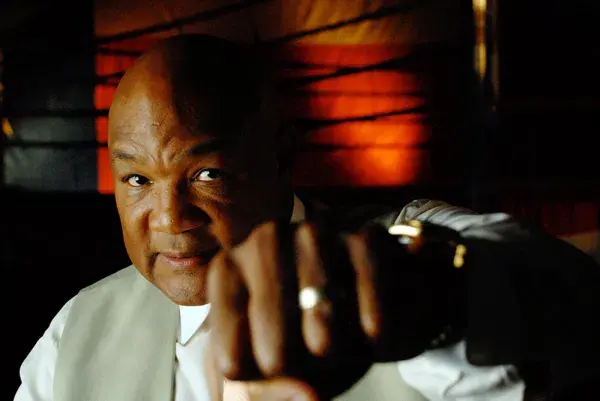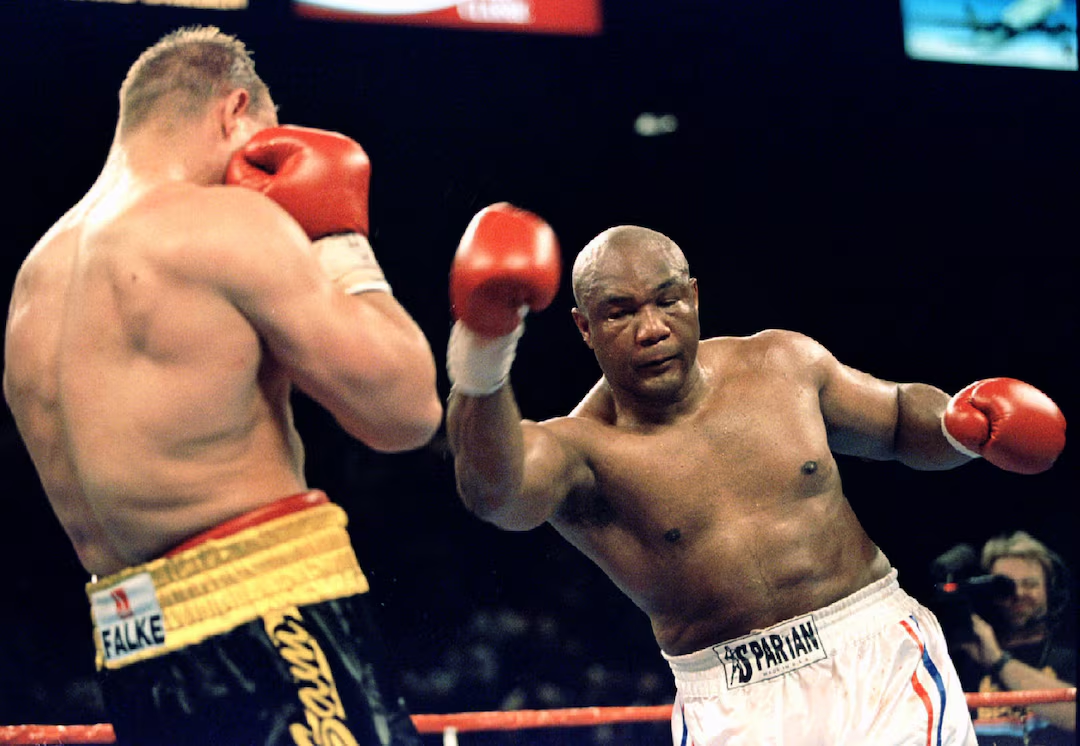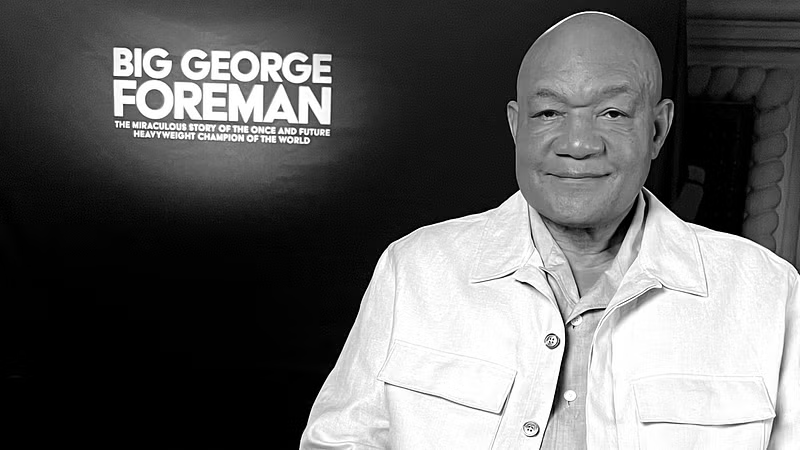George Foreman’s Legacy: A Reflection on Family, Faith, and the Power of Reinvention
- Ghetto Philosopher
- Mar 30
- 4 min read

When the world learned of George Foreman's passing, it felt like the end of an era—not just for boxing, but for Black excellence defined on one's own terms. Known as the two-time heavyweight champion who reclaimed the title at age 45, Foreman was more than a comeback king in the ring. His legacy spans from athletic dominance to entrepreneurial genius, from Olympic glory in 1968 to late-night infomercials in the '90s. But perhaps the most curious and enduring part of his story lies in his household: Foreman famously named all five of his sons George.
It might’ve seemed eccentric at first, but Foreman’s naming tradition reveals deeper truths about how he saw legacy, identity, and unity. For a Black man raised in Houston’s Fifth Ward and molded by hardship, family wasn’t just something you had—it was something you built and branded.
In this moment of remembrance, we unpack the man behind the myth. We trace how Foreman’s journey—through boxing, business, and fatherhood—reflects larger narratives within the Black community about survival, reinvention, and generational wealth. His story isn’t just about victories in the ring. It’s about what happens when a fighter turns his life into a platform for family, faith, and ownership.
From the Fifth Ward to the World
Born in 1949 in Houston, Texas, George Foreman’s rise from poverty was the stuff of folklore. After dropping out of school and getting into trouble on the streets, a stint in the Job Corps set him on a new path—one that led to Olympic gold in 1968 and, just five years later, the heavyweight championship of the world after dismantling Joe Frazier in a brutal two-round bout.
His fighting style—brute strength with thunderous punches—reflected his roots. There was no flash, just force. And while Ali famously bested him in Zaire during the “Rumble in the Jungle,” Foreman’s reputation as one of boxing’s most fearsome punchers was solidified.
But the most interesting chapter of his story came after the gloves came off.

Faith, Family, and Foreman x5
Following a 1977 loss to Jimmy Young, Foreman experienced a religious awakening in the locker room, which prompted him to retire and become a born-again Christian. He began preaching in Houston and took a hiatus from public life. It wasn’t until 1987—ten years after his first retirement—that he returned to boxing, heavier, slower, but more centered.
That second act culminated in a historic 1994 victory over Michael Moorer, making Foreman the oldest heavyweight champion ever at 45. But beyond the belts and broadcast deals, it was Foreman’s emphasis on family that captivated many.
Naming all five of his sons “George” (with unique middle names) was a literal branding of legacy. “If one of us goes up, we all go up,” he once said. It was less about ego and more about unity—a response to fractured family lines and forgotten names that haunt many Black family trees. This wasn’t just paternal pride; it was cultural reclamation.
The Business of Being George
Of course, no retelling of Foreman’s story is complete without the George Foreman Grill.
Launched in 1994, the grill revolutionized home cooking, marketed as a healthier way to enjoy meat by draining excess fat. Foreman wasn’t just a spokesperson—he was the brand. His affable, reformed image, honed through years of preaching and parenting, made him a relatable figure to millions.
The deal reportedly netted him over $200 million, far eclipsing his boxing earnings. In a time when many Black athletes were exploited by corporations, Foreman flipped the script—he turned his persona into a product and profited handsomely from it.
His entrepreneurial success became a blueprint for athletes seeking to monetize their fame outside of sports. In an era before NIL deals and Instagram sponsorships, Foreman showed what was possible.
A Different Kind of Legacy
Foreman’s legacy isn’t easily categorized. He was a bruiser and a preacher, a pitchman and a patriarch. He represented multiple truths at once—a reminder that Black men, especially those in the public eye, are not monoliths.
His emphasis on family unity, religious conviction, and business acumen challenges outdated narratives of the absent or reckless Black father. Here was a man who built a name and then gave it away—to his sons, to his products, to his people.
In many ways, Foreman’s life mirrored the trajectory of Black America over the past 70 years: from struggle to stability, from marginalization to mainstream, from labor to legacy.
CONCLUSION
George Foreman’s story is about more than titles, knockouts, or grills. It’s a story of transformation—a man who found faith after failure, family after fame, and fortune on his own terms.
At a time when Black families still wrestle with generational instability and visibility, Foreman’s blueprint reminds us what’s possible when we bet on our own names. He wasn’t just selling kitchenware—he was selling self-determination.
So as we reflect on his passing, we also reflect on what it means to leave something behind: a name, a legacy, a new way forward.
Call to Action:Take a moment today to consider your own legacy. What are you building? Who are you lifting? And how are you turning your story into something worth passing down?

























Comments